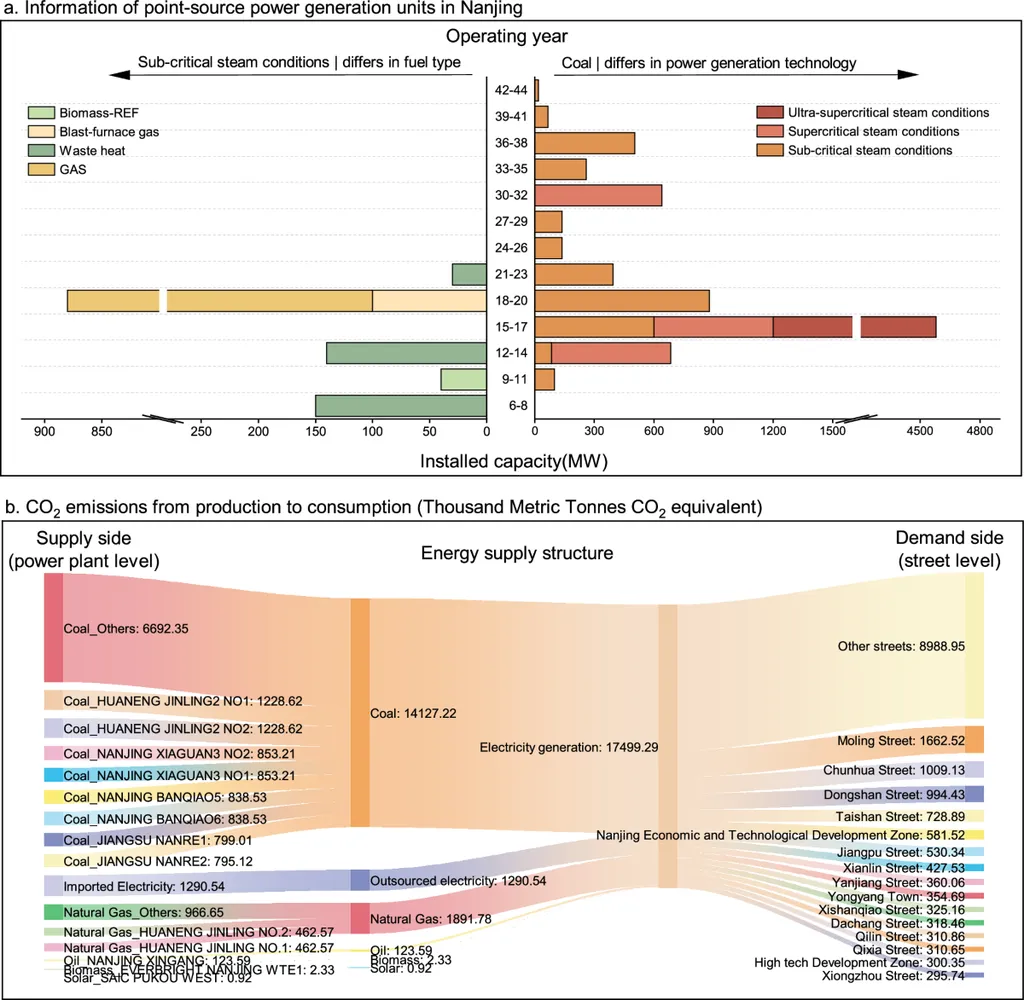In the ever-evolving landscape of geotechnical engineering, a groundbreaking study has emerged that could significantly impact the energy sector’s approach to foundation design and soil-structure interaction. Researchers from the Geotechnical Engineering Department at Nanjing Hydraulic Research Institute, led by CAI Zhengyin, have developed a novel zero-thickness interface constitutive model that accounts for cyclic softening and nonlinearity. This model, published in the journal *Yantu gongcheng xuebao* (translated to *Rock and Soil Mechanics*), promises to enhance the accuracy of predictions for sand-steel interfaces under cyclic loading, a common scenario in energy infrastructure projects.
The study addresses a critical gap in current modeling techniques by incorporating the exponential softening law of strength parameters observed during large-scale cyclic shear tests. “Our model considers the coupling effect of soil relative density and structural roughness, which are pivotal factors in the behavior of interfaces under repeated loading,” explains lead author CAI Zhengyin. This consideration is particularly relevant for energy sector applications, where structures like wind turbine foundations, offshore platforms, and pipelines are subjected to cyclic loads.
The researchers employed a hyperbolic model to simulate the evolution of the interface from its initial state to the critical state under cyclic loading. This approach allows for a more precise representation of the interface’s behavior over time. Additionally, they constructed a hysteresis loop model of shear stress-shear displacement, further refining the predictive capabilities of their model.
One of the most compelling aspects of this research is its practical applicability. The team summarized empirical formulas for strength parameters, stiffness parameters, normal stress, relative soil density, and structural roughness, making the model accessible for engineers and designers. “We validated our model against experimental results from our own tests and existing literature, and it demonstrated excellent predictive capabilities,” notes co-author FAN Kaifang. This validation is crucial for gaining industry trust and adoption.
The implications for the energy sector are substantial. Accurate modeling of sand-steel interfaces can lead to more efficient and cost-effective foundation designs, reducing the risk of failure and extending the lifespan of critical infrastructure. For instance, in offshore wind farms, where foundations are subjected to cyclic loading from wind and wave forces, this model could optimize design parameters, leading to significant cost savings and improved safety.
Moreover, the model’s ability to account for cyclic softening and nonlinearity can enhance the understanding of soil-structure interaction in various energy projects, from oil and gas pipelines to geothermal installations. This deeper insight can inform better engineering practices and contribute to the overall sustainability and reliability of energy infrastructure.
As the energy sector continues to evolve, the demand for advanced geotechnical models that can withstand the complexities of real-world conditions will only grow. The research conducted by CAI Zhengyin and his team represents a significant step forward in meeting this demand. By providing a robust tool for predicting interface behavior under cyclic loading, they are paving the way for more innovative and resilient energy solutions.
In the words of co-author ZHU Xun, “This model is not just an academic exercise; it has real-world implications that can drive progress in the energy sector.” As the industry continues to push the boundaries of what’s possible, such advancements will be crucial in shaping the future of geotechnical engineering and energy infrastructure.

